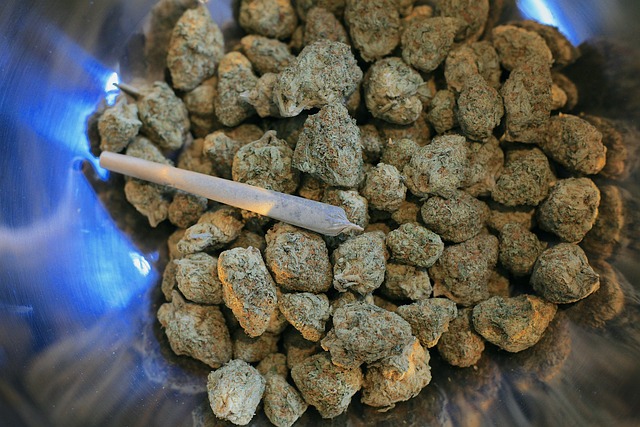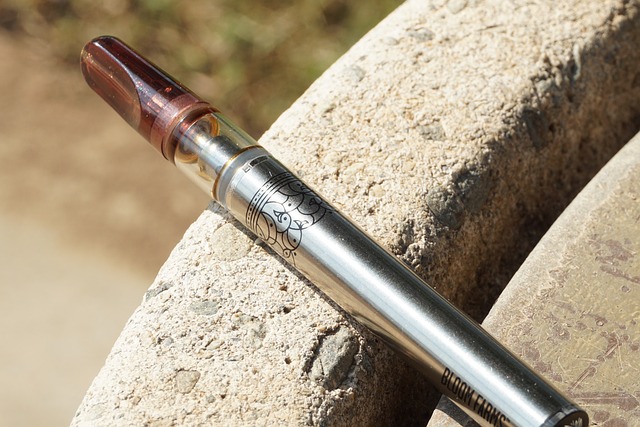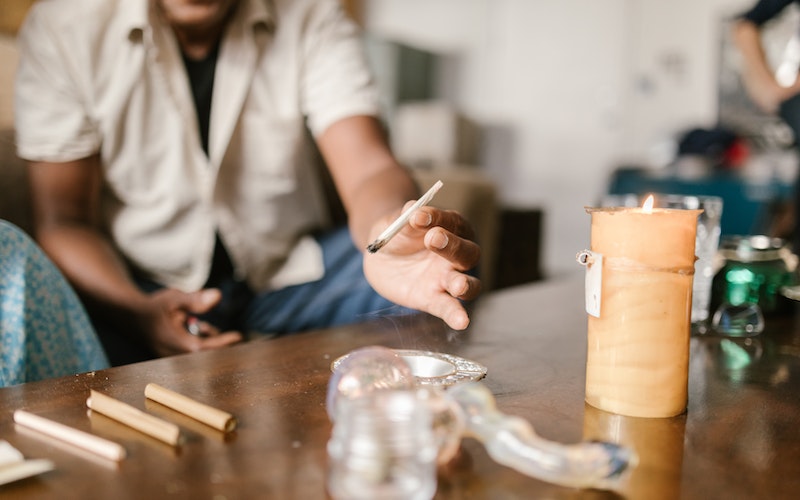Do you know your Medical Marijuana IQ? While that’s not an actual thing, knowing oneself can play a big role in deciding which method of ingestion is right for you. For example, are you new to treating your ailments with cannabis? Does smoking bother your throat? How quickly or efficiently do you metabolize ingredients? The answers to those questions will likely impact how you choose to consume your cannabis.
Another factor in selecting the right modality is knowing which types your state’s government allows to be sold within its borders. For example, some states do not permit medical cannabis flower to be sold in dispensaries in that jurisdiction. Others allow cannabis sales through weed delivery services.
Still others, like Ohio, permit patients to buy flower at medical cannabis dispensaries while also prohibiting the smoking of the flower in joints or water pipes. Instead, an Ohio patient may only smoke flower in a vaporizer.
According to a 2022 study published in the journal Systematic Reviews about the impacts of medical marijuana on a patient’s brain, the overall negative impacts of cannabis-based modalities are minor if the doses of THC are low to moderate.
While the study included a varied panel of patients who ingested medical marijuana in different ways, the results pointed to its inability to provide exact support for the conclusion.

Dr. Daniele Piomelli, the director of and a researcher with California-based UCI Center for the Study of Cannabis, says the impacts of medical marijuana on a patient “depends on the individual and what they are using the cannabis for.”
There are three primary cannabis modalities: smoking, vaping, and all manner of edibles. They differ not only in the method of ingestion but also, “the THC is different in each product,” Piomelli noted.
Other contrasts include the time it takes for the THC to get to the brain, the time it takes for the brain to get rid of the THC, the ability of the patient’s body to metabolize THC (which impacts its effects), and the overall affects of medical cannabis on the patient.
Are Edibles the Answer?
No matter a patient’s age, medical conditions, and other considerations, the safe use of medical cannabis is of paramount importance. “We are talking about a strong drug, and it must be treated with respect,” Piomelli warned.
Because an edible dissolves into the bloodstream relatively slowly, he advises patients not to overdo it. If a patient accidentally ingests too many edibles, “the only way (outside of medical intervention) to get rid of it is through the normal process.” In other words, the passage of time is the only solution.
Therefore, he says medical cannabis patients should “start low and increase slowly. Know your body and treat it with respect.”
Although Piomelli isn’t aware of any “strong data” about which modality is preferred, he says a patient’s age, medical condition, and familiarity with cannabis impact which they prefer. For example, a cancer patient seeking to increase their appetite may opt to smoke or vape cannabis to obtain faster relief from the medicine than what is provided by edibles.
While there is no hard and fast rule, Piomelli says he has found elderly medical marijuana patients who use it to help them sleep tend to favor edibles. “It’s like swallowing a pill. It’s safe if you don’t overtake,” Piomelli said.
According to Ethan Pompeo, the founder and CEO of Virginia’s Green Valley Nutrition, gummies, candies, and other edibles are “an excellent method for consistent dosing.” However, he prefers tinctures over gummies for patients who don’t want to smoke due to the faster onset associated with tinctures.
“Gummies are processed by the digestive system before producing its therapeutic effect, but tinctures enter the bloodstream via sublingual transaction, skipping the digestive process altogether,” he noted.

The suggested onset time for gummies is two to three hours, with the peak effect in four, says Pompeo. However, those reaction times decrease to one to two hours for tinctures, with the peak effect occurring approximately three hours following ingestion.
Different from cannabis edibles like cookies or brownies, water-soluble or nano-emulsified cannabis products like juices, drinks, and seltzers offer a faster onset time than edibles due to their enhanced bioavailability, Pompeo added.
Factors impacting how edibles affect a patient seeking relief from THC gummies and other edibles include weight, metabolism, gender, height, attitude, and tolerance to cannabis.
Pompeo, who founded his organic CBD company to help him alleviate body tics and other medical ailments, is not a proponent of smoking medical cannabis. He suggests patients ask themselves why they are choosing to smoke it when doing so could lead to other medical issues.
His line of products, which include CBD capsules, pain relief creams, edibles, and more are aimed at “patients who don’t want to smoke medical cannabis or be high but want to enjoy the benefits of CBD without the buzz.”
If the person ingesting the edible can be patient so it has time to take effect, Piomelli says it is the best method of ingestion at night. “It has no side effects if taken correctly,” he said.
Pros and Cons of Smoking or Vaping
The onset time when medical cannabis is smoked or vaped is mere seconds, with peak effects occurring approximately 30 minutes after ingestion, says Pompeo.
Still, he cautions smoking or vaping medical cannabis throughout the day is not a good long-term solution for people with chronic medical concerns because medical studies have shown inhaling cannabis smoke can be hazardous to one’s health.

“Smokers take a big breath, really pushing smoke into the lungs and holding the pressure on it,” Pompeo cautioned. “There are safer ways to use cannabis,” says Dr. Alan G. Kaplan, a Canadian physician with expertise in respiratory health and the author of a 2021 study of cannabis and lung health.
However, Piomelli argued, “pot smoking is not associated with lung cancer but it is with COPD, also known as emphysema.”
A patient with sensitive lungs should also refrain from smoking or vaping. Moreover, he says, vaping adds another layer of complexity. That is because the THC is dissolved into a liquid mixture. Sometimes, those liquids irritate a patient’s lungs.
“We have a better understanding of the impact of smoking cannabis on the lungs than we do of vaping it,” he noted.
Is There a Best Modality?
All things being equal, Piomelli says there is one modality he believes to be the best. A quality dry-herb vaporizer, which generally costs between $100-$200, is what he suggests.
That is because the patient “always gets the same amount. They can also regulate the volume and regulate temperature,” he says.
“There is a substantial difference in the way the drug affects the body depending on the route of administration,” Piomelli concluded.
This article first appeared in Volume 4 Issue 4 of Cannabis & Tech Today. Read the full issue here.
Author
-
Tami Kamin Meyer is an Ohio attorney and freelance writer. Her byline has appeared in Forbes, MarketWatch, Next Avenue, and Your Teen. She is the Social Media Chair of the American Society of Journalists and Authors and tweets as @girlwithapen.







